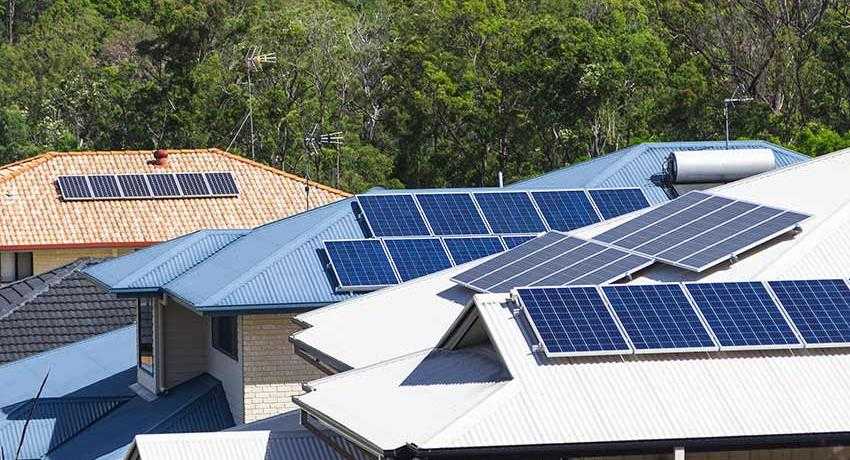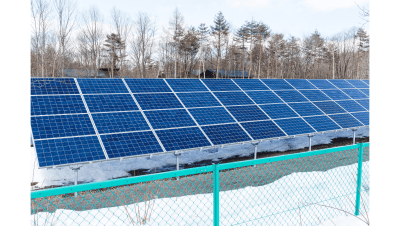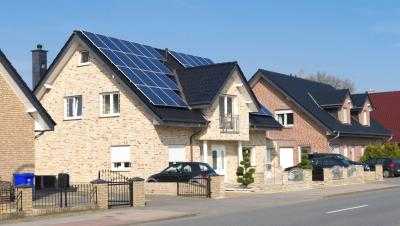Rooftop solar industry booming
Residential rooftop solar is making more and more financial sense to homeowners across the country, which is driving record industry growth.
There were 76 percent more residential solar installations in the first quarter of 2015 than in the first quarter of 2014, according to the US Solar Market Insight report from Greentech Media released this week.
Beyond that, solar installations have historically dipped from the fourth quarter to the first quarter, but there were 11 percent more residential solar installations in the first quarter of this year than in the fourth quarter of 2014.
There is so much enthusiasm and momentum behind distributed generation that expiring state incentives aren’t even slowing the industry down. A quarter of all rooftop solar installations happened without any state solar incentives. In California, the incentives have all maxed out and they’re just not available anymore. That hasn’t stopped Californians from installing solar on their roofs in record numbers. More than 94 percent of the rooftop solar installations in California during the first quarter of this year happened without any extra cash or performance-based incentives from the state.
Even in states where there are incentives, some installers aren’t applying for them, according to the report. The paperwork and application process is burdensome enough that installers in some states find it more profitable to skip the state incentives altogether.
“It further demonstrates that some projects can pencil out without incentives, even when incentives are available,” according to the report.
That might be more significant than it appears on first blush. There has been a lot of concern about what will happen to the solar industry when the federal 30 percent tax credit goes away for purchased systems and drops to 10 percent for third-party owned systems at the end of 2016. The fact that rooftop solar is seeing record growth and continued momentum even as state incentives dwindle and disappear, it means residential solar is getting to a price point where it makes financial sense even without incentives.
The Market Insight report also indicated that solar installers are increasingly pairing residential solar systems with energy storage and demand management technology, which should drive growth in those industries as well.




